Here is a thought for all those Tory MPs calculating their personal advantage in the forthcoming EU referendum: unless the vote is an absolutely overwhelming Remain, the next leader of the Conservative party — whose day is no longer so far off — will come from the Leave camp. This will happen, obviously, if Leave wins, but also if Leave loses but does well, because most party supporters will only back someone who feels their pain and can reconcile them afterwards.
Another thought: why would Nigel Farage want Britain to vote Leave? Then he would be redundant. Study him in the light of this thought and you will see that it explains his behaviour in the campaign.
It is surprising that the mob of assorted witch-hunters and iconoclasts now scouring the country for monuments to dead worthies to knock down have not yet lighted on Christ Church, Oxford. In the cathedral, which is also the college chapel, there is an altar in memory of Bishop George Bell. Bell, who was both an undergraduate and a don at Christ Church, was a famous Bishop of Chichester, courageous both in aiding German Christians against Hitler when most English ones stood idly by, and then for attacking the Allied bombing of German civilians during the war. His stand on the latter point is thought to have cost him the Archbishopric of Canterbury. Last year (see Notes, 7 November) his former diocese declared that Bell, who died in 1958, had abused a young child about 65 years ago. He was immediately airbrushed. Bishop Bell House in Chichester was renamed. Bishop Bell School is following, as is the University of Chichester, which is in such a frenzy because it has a Bishop Bell hall of residence that it is renaming all its halls. Why has Christ Church not done likewise? Why is a child abuser still honoured there? For the simple reason that we have no idea whether he was a child abuser. Nothing has been proved against Bell. All the Christ Church authorities — who were not informed about the process which condemned Bell — have to go on is the word of the panel of ‘experts’ who appear to have believed the alleged victim without hearing the case for Bell. In the absence of Natural Justice, and proper process, the Dean of Christ Church, Martyn Percy, is firm. A person is innocent until proved guilty. Unless and until Bell gets justice from the diocese which has made him a prophet without honour in his own county, perhaps his altar in Oxford will become his shrine — a protest, like that of Thomas Becket at Canterbury, against the abuse of power.
Last week, the alleged victim gave an interview in the Brighton Argus, under the pseudonym of Carol. Her version of what happened offered many things which a defence lawyer would have probed, and did nothing to allay anxiety about the process, but she did add an interesting point. She said that, having been, as she saw it, fobbed off by the Diocese of Chichester when she first made her allegations in 1995, she later (in about 2010) emailed Rowan Williams, the then Archbishop of Canterbury, about this. She says she got no reply. Dr Williams says that he is ‘quite certain’ that he never saw Carol’s email, and she says she did not keep a copy of it. So what happened? Did Lambeth Palace lose the email, suppress it, decide it wasn’t worth showing to the archbishop, or not notice it at all? Or did the email never arrive? (On this last point, at least, computer experts should surely be able to establish the truth.) One of the features of this story has been the readiness of current church leaders, frightened by the imminent Goddard inquiry, to trash dead predecessors. Not only has Bell been condemned, but so has the late Eric Kemp, Bishop of Chichester in 1995, for allegedly failing the alleged victim when she told him her story. If Carol is to be heard and believed, as the Church keeps asserting, should not Lambeth in Dr Williams’s day also be examined? As matters stand, self-protection by a nervous Church seems just as pronounced when it caves in to accusations of child abuse as when it tried to cover abuse up.
Look at the retraction made this week by the Bishop of Durham, Paul Butler, who is in charge of the Church’s child abuse procedures. At the end of last month, he told the House of Lords that ‘there has been no declaration that we [the Church authorities] are convinced that this [the abuse by Bell] took place’. So Bell might not have been a child abuser after all! On Monday, he declared that his words ‘were not as clear as they could have been’. He explained that the Church had ‘accepted the veracity’ of the claims against Bell. ‘The overriding goal,’ he said, ‘was the search for the truth.’ ‘Independent legal and medical reports’ were ‘duly considered’. ‘When faced with accusations of abusive behaviour,’ he went on, ‘we cannot ignore it or pretend it did not occur.’ If the overriding goal is the truth, why was no one who knew Bell consulted, nor his current biographer, who actually works in Chichester, nor his exhaustive papers? And while of course the Church should listen to accusations of abusive behaviour, to test accusations thoroughly is not to ‘pretend they did not occur’: it is the essence of establishing truth. Bishop Butler praised the Church for ‘a step-change in our commitment to openness’. If that is so, please could he openly tell us what the independent legal and medical reports actually said (and what reliable medical information exists 65 years after the alleged events), and what other evidence was considered, and why the civil case was never publicly heard but cut off with a payment. Now that the Church authorities, not content with their original bald statement of Bell’s wrongdoing, have supported ‘Carol’ in speaking out, publicly attacked those who disagree with their judgments and let out more and more titbits of information, wouldn’t it be cleaner to lay out the entire process on the table, so that everyone can see how open it was?
Got something to add? Join the discussion and comment below.
Get 10 issues for just $10
Subscribe to The Spectator Australia today for the next 10 magazine issues, plus full online access, for just $10.


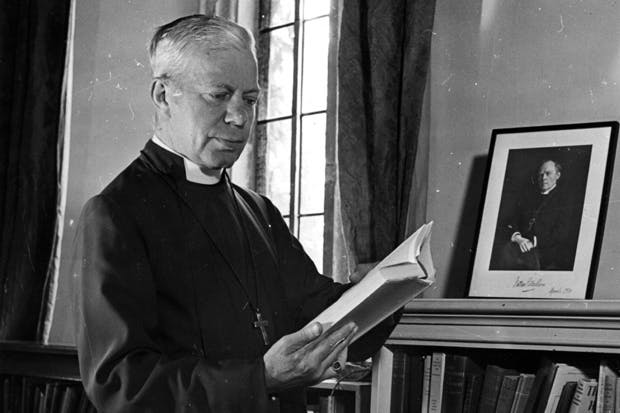
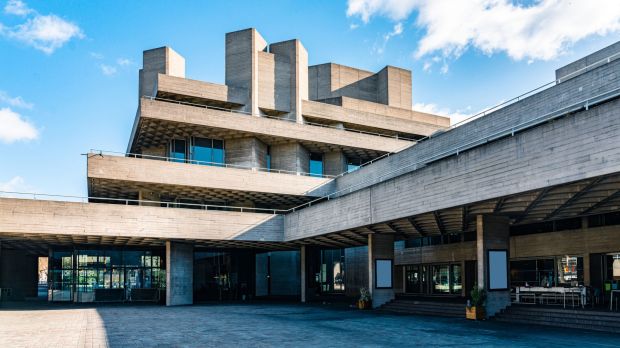

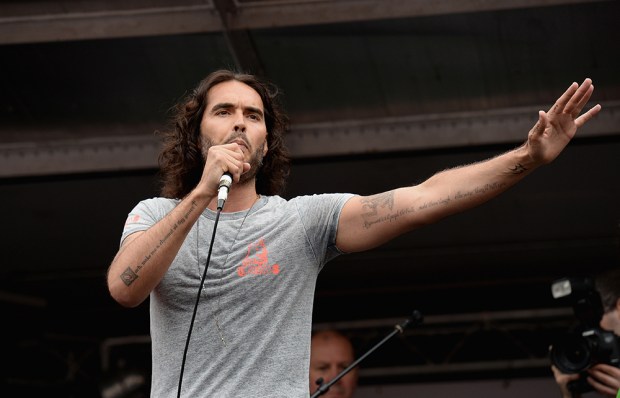

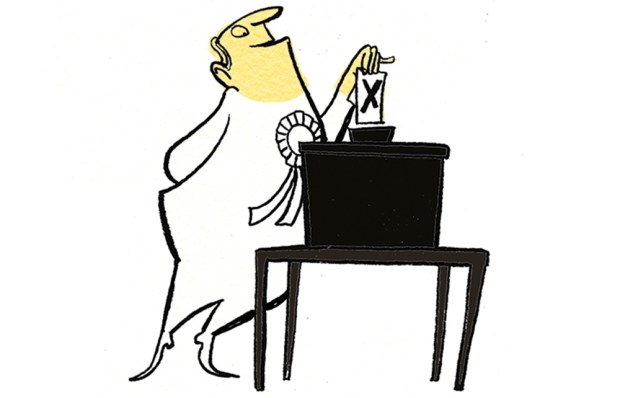
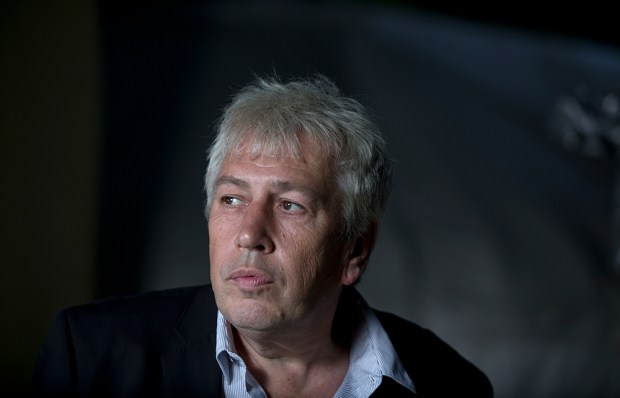






Comments
Don't miss out
Join the conversation with other Spectator Australia readers. Subscribe to leave a comment.
SUBSCRIBEAlready a subscriber? Log in